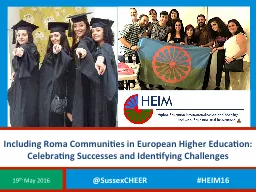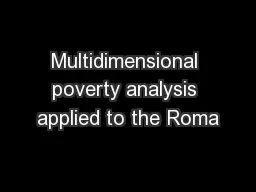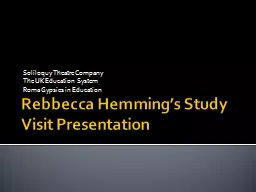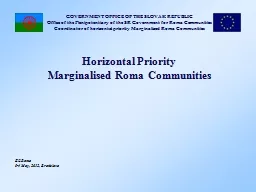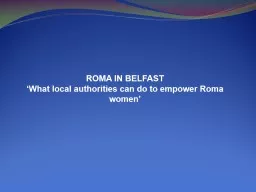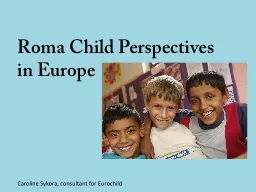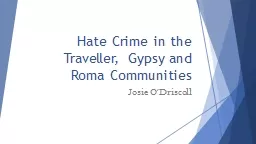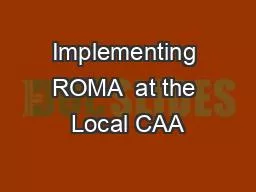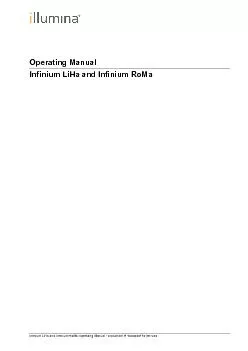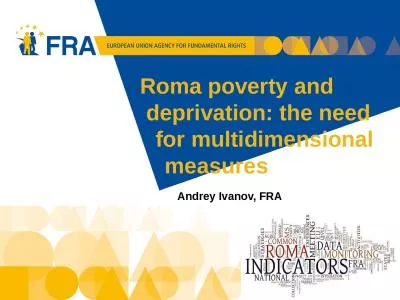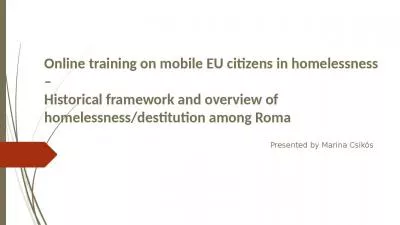PPT-Including Roma Communities in European Higher Education: Ce
Author : sherrill-nordquist | Published Date : 2017-10-30
SussexCHEER HEIM16 Introduction to HEIM Professor Louise Morley Director Centre for Higher Education and Equity Research CHEER University of Sussex UK Ms Tanja
Presentation Embed Code
Download Presentation
Download Presentation The PPT/PDF document "Including Roma Communities in European H..." is the property of its rightful owner. Permission is granted to download and print the materials on this website for personal, non-commercial use only, and to display it on your personal computer provided you do not modify the materials and that you retain all copyright notices contained in the materials. By downloading content from our website, you accept the terms of this agreement.
Including Roma Communities in European Higher Education: Ce: Transcript
Download Rules Of Document
"Including Roma Communities in European Higher Education: Ce"The content belongs to its owner. You may download and print it for personal use, without modification, and keep all copyright notices. By downloading, you agree to these terms.
Related Documents

